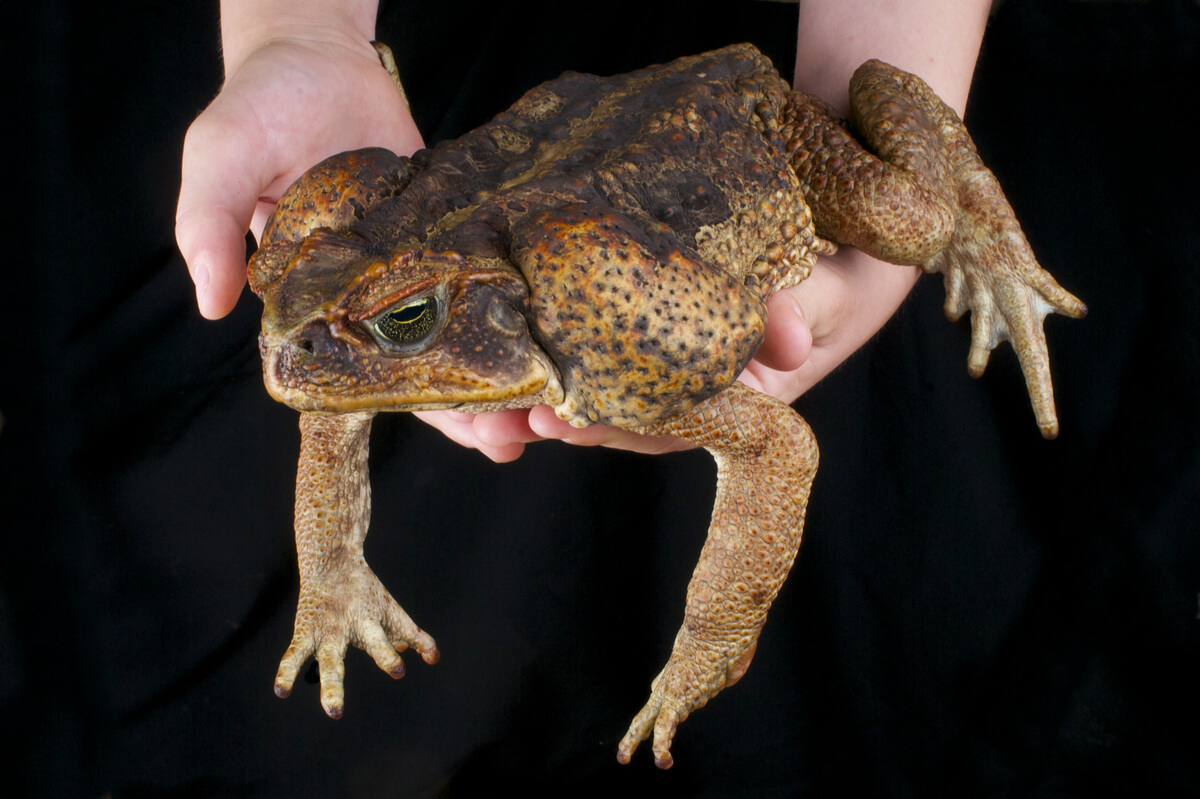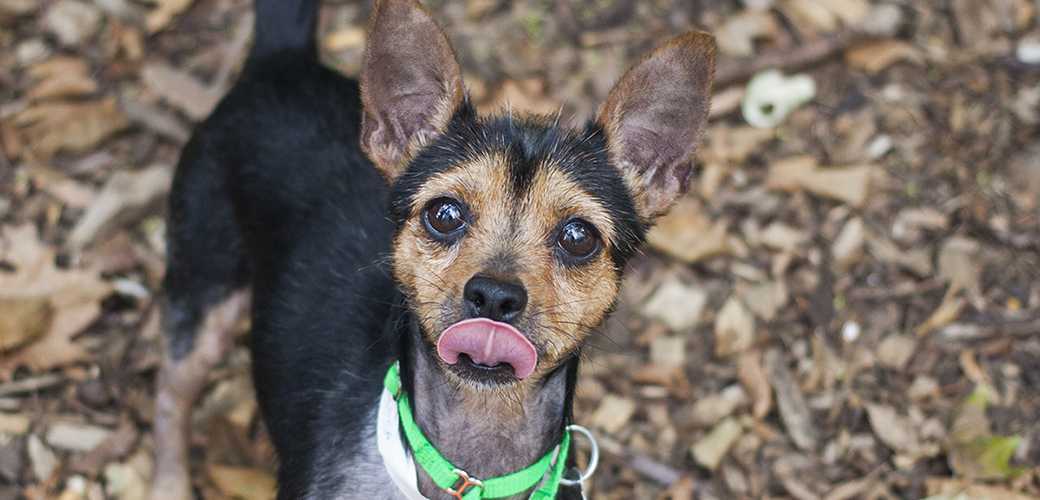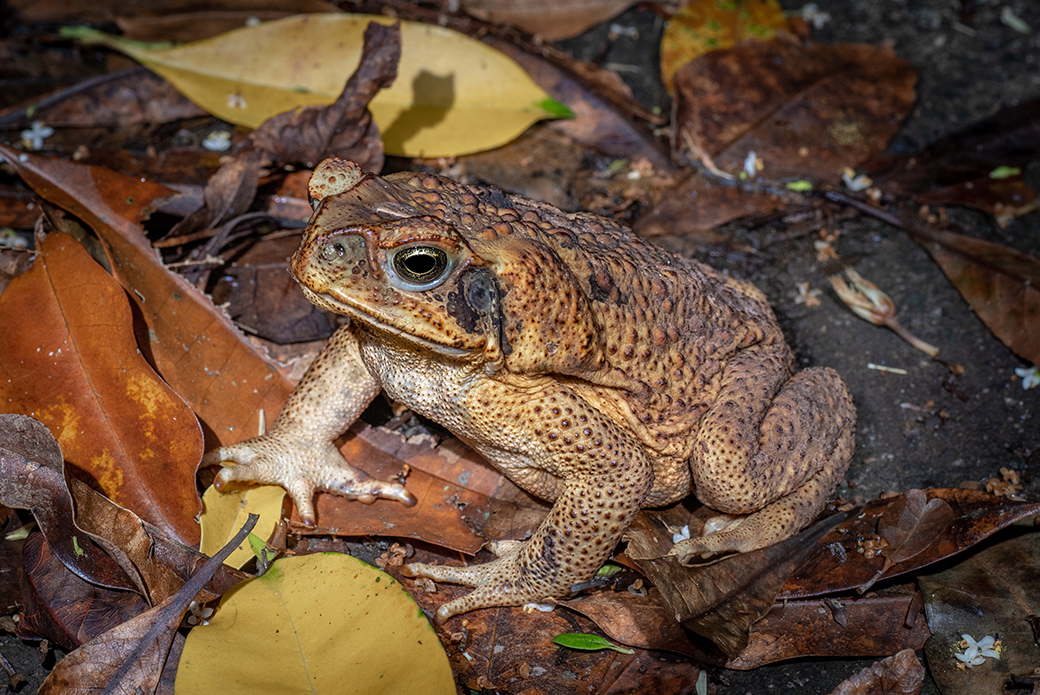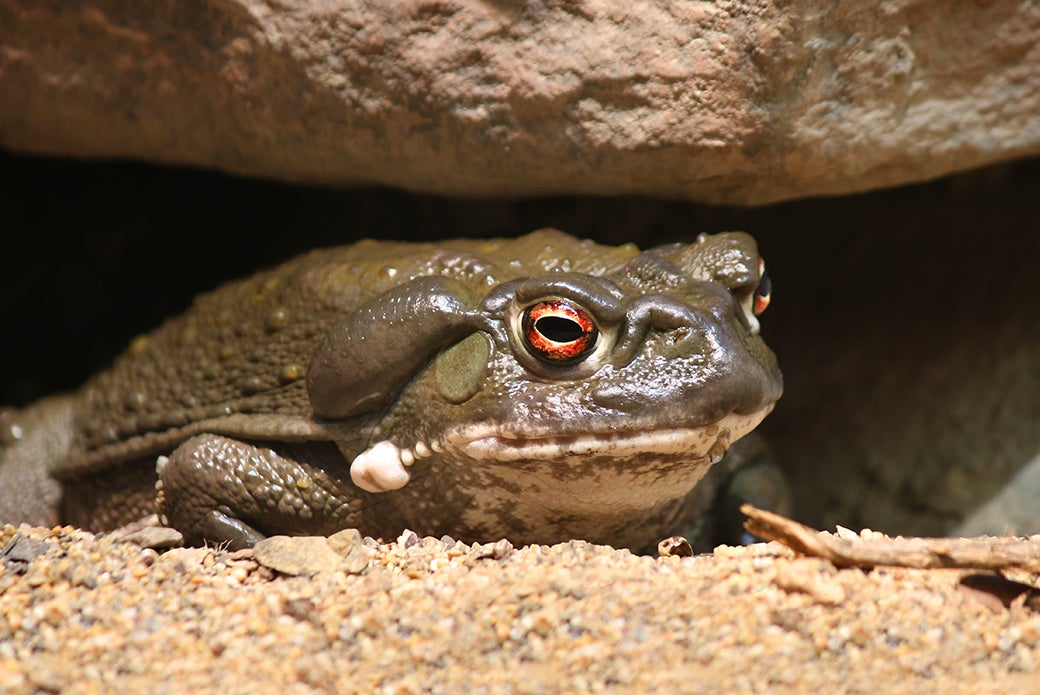Beware of Poisonous Toads that Can Harm Your Pets
Toads may seem harmless, but many species secrete toxic substances that can be deadly to dogs and cats. As pet owners, it’s important to be aware of poisonous toads that pose a risk to our furry friends. In this article, we’ll identify some of the most toxic toad species, where they live, what to watch for, and how to respond if your pet is poisoned.
The Most Toxic Toad Species
Two of the most toxic toads found in the United States are the cane toad and the Colorado River toad.
Cane Toads
Cane toads (Rhinella marina) were introduced to Florida, Hawaii, and Texas from Central and South America in the 1930s to control pests in sugarcane fields. These large toads have warty skin and reach 6 inches in length. They secrete a potent toxin from parotoid glands behind the eyes that can be fatal to dogs. Cane toads are now considered an invasive species in the Southern US.
Colorado River Toads
Colorado River toads (Incilius alvarius) are native to the Southwestern US and Mexico. Also known as Sonoran Desert toads, they can grow up to 7 inches long. Like cane toads, they have parotoid glands that release toxins that can poison pets. They live in dry areas and emerge at night after rainfall.
Signs of Toad Poisoning
If a dog or cat licks, bites, or sniffs a poisonous toad, toxins are rapidly absorbed through the mucous membranes in the mouth. This can cause severe symptoms within 15 minutes:
- Excessive drooling/foaming at the mouth
- Pawing at the mouth
- Head-shaking
- Crying in pain
- Vomiting
- Loss of coordination
- Seizures
- Collapse
- Death
What to Do if Your Pet is Poisoned
Seek veterinary care immediately if you suspect toad poisoning. You may need to rinse your pet’s mouth out while en route to the vet. Remove any residual toxin gently with a cloth or towel – do not flush the mouth as this may cause the pet to swallow more toxin. Specific treatments the vet can provide include:
- Medications to control vomiting, seizures, heart arrhythmias
- Cool water baths to lower body temperature
- Intravenous fluids for hydration support
Preventing Toad Poisonings
While not all toads are as toxic as cane toads and Colorado River toads, it’s smart to take precautions:
- Supervise pets when outdoors, especially at dusk and night
- Check your yard for toads and clear them out
- Avoid areas where toads are known to gather
- Keep pets away from ponds and marshy areas where toads live
- Fence off your yard to prevent roaming
- Keep grass mowed short so toads are visible
- Eliminate outdoor food/water bowls that attract toads
With proper awareness and vigilance, pet owners can help protect their dogs and cats from these poisonous amphibians. When in doubt, call your vet right away if your pet has any contact with a toad. Rapid treatment can save your beloved companion’s life. Stay toad-smart!

The Trouble with Toads: Getting to the Bottom of This Toxic Threat

Imagine this scenario: You let your pet out into your yard for a quick bathroom break before bed and as he is jogging along your fence line, he suddenly darts into some overgrown foliage. When he emerges, he is foaming at the mouth, retching and gagging. You quickly grab a flashlight to investigate, and find a terrified toad hiding in the brush. What do you do? Will your pet be okay?
Though poisoning from toads may seem uncommon, the ASPCA Animal Poison Control Center (APCC) occasionally gets calls from concerned pet parents after their pets have interacted with toads.
Dogs especially like to stick their noses in places they don’t belong, and a little creature who hops may be irresistible to your furry friend. As you can imagine, toads don’t like to be eaten, licked or chewed, so they have a unique defense mechanism—they secrete fluids from their glands to ward off predators.
The good news is that most toads in the United States are only mildly toxic, though their secretions can cause some dramatic signs when they come into contact with a pet’s mouth. Excessive drooling, foaming at the mouth and pawing at the mouth are common signs of ingestion–if a toad is actually ingested, vomiting can occur as well.
There are two species of toads that can cause serious, life-threatening symptoms in pets:

- Have large triangular glands behind each eye.
- DO NOT have ridges or crests on the top of their heads.
- Found in Florida, southern Texas and Hawaii.

- Have distinctive oval glands behind each eye.
- Also have visible glands on their hind legs.
- Found in the southern portions of Arizona, New Mexico and California
The Colorado River Toad (Incilius alvarius) and the Cane Toad (Rhinella marinus) both secrete bufotoxins, which can cause irregular heartbeats, changes in heart rate, tremors and seizures. The initial signs will be similar to mildly toxic toads—drooling, pawing at the face, vomiting. But they will often progress to shock and neurologic signs within 30 minutes to several hours, eventually resulting in death. If your pet has been exposed to one of these highly toxic toads, getting them in to see a veterinarian immediately is critical.
One important thing to remember is that these dangerous toads only live in very specific areas in the United States. The Colorado River Toad can be found in the southern portions of Arizona, New Mexico and California, while the Cane Toad can be found in Florida, southern Texas and Hawaii. If your dog eats or licks a toad in most other parts of the US, only minor symptoms would likely be expected.
So what do you do if you live in a location where these dangerous toads are present? How can you tell if the toad your pet has come into contact with is harmless or potentially deadly?
APCC instructs that, if possible, take a photo of the toad using your camera phone. Keep in mind, the better quality the photo is, the more likely it is that the toad can be identified.
It is important to remember that both Cane and Colorado River toads are large in size.
What to Do When Your Pet Crosses Paths with a Toad
First, it is always best to contact either your local veterinarian or APCC at (888) 426-4435 if you suspect any sort of poisoning or danger in regard to your pet.
As long as your pet is conscious, rinse their mouth out with water for five to 10 minutes using a hose or other running water. Be sure to point the hose nozzle from the back of the mouth, to the nose with your pet’s muzzle down so that the water runs out the front of their mouth. Do not let your pet swallow the water, and DO NOT induce vomiting unless you are instructed to do so by a veterinarian or APCC.
If you live in an area where dangerous toads are found, take your pet into a veterinarian immediately after rinsing out their mouth. If dangerous toads are not found in your area, you should still contact a veterinarian, but rinsing out the mouth is usually sufficient to stop the drooling.
There are some things that can be done to reduce the chance of your pet being exposed to a dangerous toad if you live where they are located. For starters, don’t leave pet food or water bowls outside—they will attract toads, and dogs can become ill just from eating food or drinking water that a toad has come into contact with. If you must leave your pet outside, use a raised water bowl and be sure to change the water frequently. Toads are most active early in the morning and at night, so be on alert during these times, especially during the summer after it rains. Avoiding dangerous toad exposures in the first place is the best way to protect your furry friends.
If you suspect your pet has been exposed to any poisonous substances or ingested something dangerous, contact your veterinarian or call Animal Poison Control Center (APCC) at 888-426-4435 immediately.
TOP 10 POISONOUS FROGS AND TOADS IN THE WORLD 2021
FAQ
What type of toads are poisonous?
The most toxic species in the US is the giant or marine toad, Rhinella marina (formerly Bufo marinus), an introduced species that is established in Florida, …
Can you touch a Colorado River toad?
On October 31, 2022 the United States National Park Service posted a warning on Facebook that people should not handle or lick the toad.
Are backyard toads poisonous to dogs?
Toads are poisonous in all stages of their lifecycle, including as eggs and tadpoles. Their toxin can even seep into the water around them. Of all toads, the bufo toad is generally considered the most toxic to dogs and can cause death in an average size dog within 15 minutes.
Are true toads poisonous to humans?
True toads are toothless and generally warty in appearance. When stressed toads excrete a poison from a gland on the back of their heads when stressed. The poison in the glands contains a number of toxins causing different effects. Some, like the cane toad Bufo marinus, are more toxic than others.
Are toads poisonous?
When threatened, these toads secrete a potent toxin, including a psychedelic substance known as 5-MeO-DMT that can be dried and smoked. Intended as a defense mechanism, the toxin excreted by the toad can make people and animals sick if the poison is handled or gets in the mouth, according to the National Park Service. The toxin can even be deadly.
Is a cane toad poisonous?
The cane toad is a terrestrial toad native to Central America and South America. It is the largest toad in the world and belongs to the genus Rhinella. The toad is known for its poisonous gland which secretes a substance that causes irritation to the predator’s body, especially the eyes.
Is a red toad poisonous to dogs?
They are known to interbreed with the American toad, causing this species to start losing their red coloration. They also secrete a poisonous substance that can irritate human eyes and mucus membranes. Their poison is dangerous to dogs and cats when ingested.
